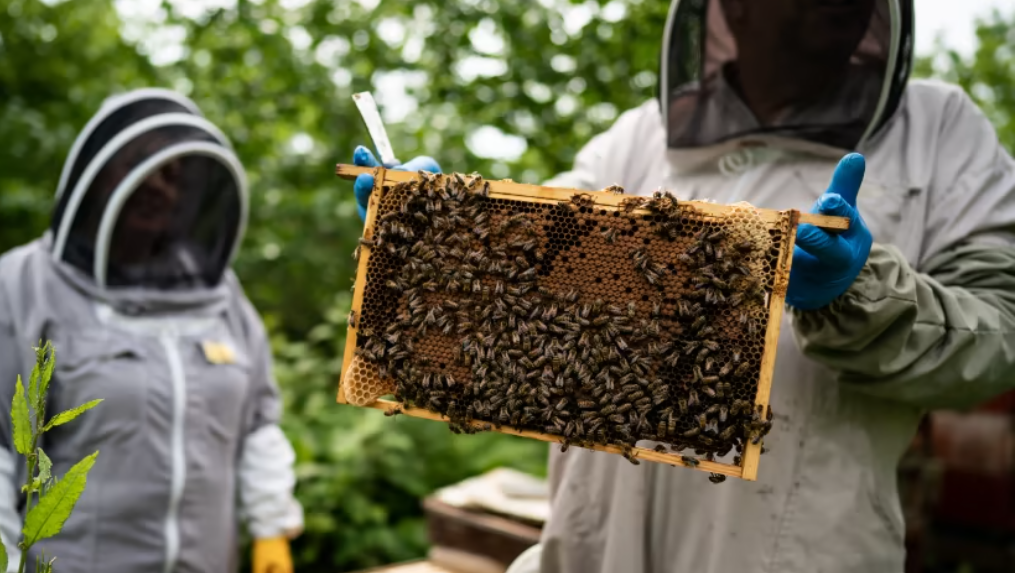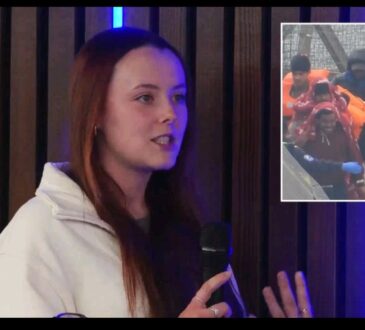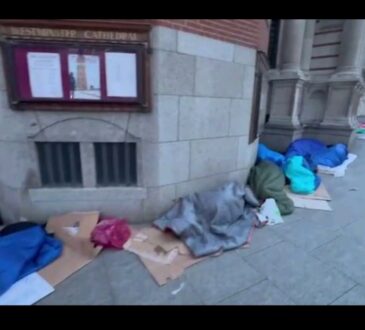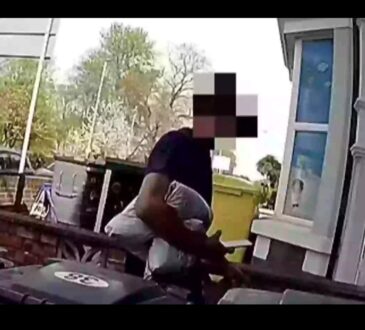“Royal Beekeeping Takes Flight: Queen and Buckingham Palace’s Passionate Commitment to Bees on World Bee Day”

On World Bee Day, the beekeepers at Buckingham Palace have been seen working hard. Even the Queen is a beekeeper and keeps bees at Raymill, her six-bedroom retreat in Lacock, Wiltshire, which is about 17 miles away from King’s Highgrove home.
Last summer, Camilla visited Launceston, Cornwall, where she met honey producers selling jars in the town square. She told them that she is a hands-on beekeeper and had only lost one colony during the previous winter.
The honey made by Camilla’s bees is sold at Fortnum & Mason to raise money for charity. This year, the money will go to Nigeria’s first s*xual assault referral center, which is supported by the Queen.
The Queen is also the president of Bees for Development, a charity that trains beekeepers and protects bee habitats in more than 50 countries.
At Buckingham Palace, there are four beehives on an island in a lake in the garden. Clarence House’s garden has two beehives as well. Last year, the hives produced over 300 jars of honey, which were often used in the palace kitchens for things like honey cakes and chocolates.





